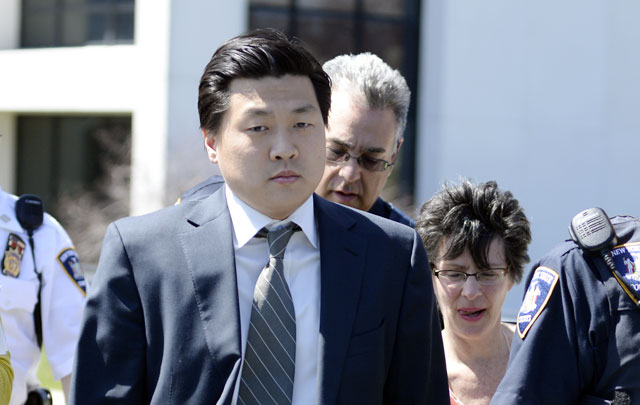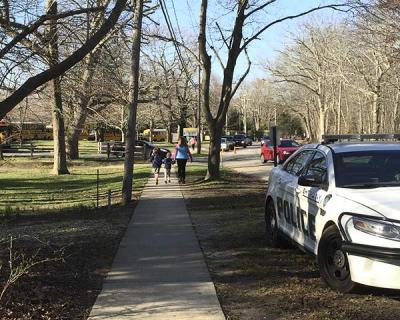Rally in Water Mill for Marriage Equality
Rally in Water Mill for Marriage Equality
What they lacked in numbers, they made up for in volume. A dozen activists rallied in support of marriage equality outside Incarnation Lutheran Church in Water Mill on Tuesday afternoon, the day the Supreme Court began hearing arguments as it prepares to rule on gay marriage.
“We may finally be equal,” said the Rev. Dr. Katrina Foster, the pastor at Incarnation Lutheran Church and St. Michael’s in Amagansett. “We may finally have the same joys and responsibilities as our heterosexual counterparts.”
As passing drivers honked their horns, Ms. Foster stood with signs alongside her wife, Pamela, their 12-year-old daughter, Zoia, several friends and acquaintances, and a few complete strangers, who arrived from the upstate town of Brewster to attend the rally.
“We’re sitting on the edge of our seats,” said one of them, Scott Barber Weiser. He said he and his husband of 10 years, David Weiser, are “trying to stay positive at this point. We think it’s going to happen.”
Leo Revi, an artist from East Hampton who attended the rally, also said he thinks “it” – meaning a ruling that strikes down some states’ bans on gay marriage as unconstitutional – is going to happen.
“My gut feeling says yes. I think the scale has tipped,” Mr. Revi said. “I’ll give you a Biblical quote. ‘God is of purer eyes than to behold iniquity. That means we’re all the same in God’s eyes.”
According to The New York Times, a Supreme Court ruling on the issue is expected in approximately two months.






